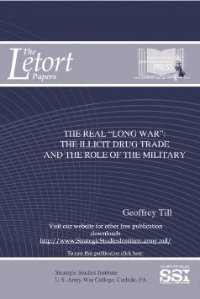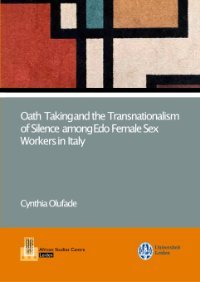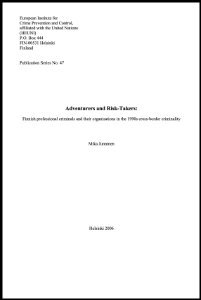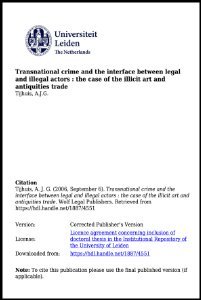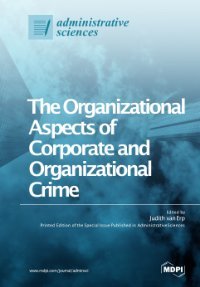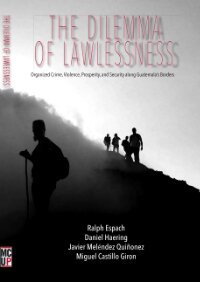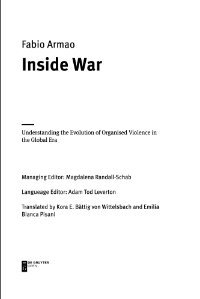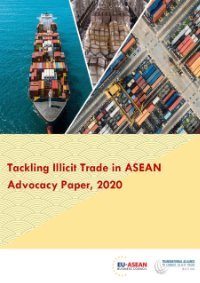By Hal Brands.
In late 2007, the U.S. and Mexican governments unveiled the Merida Initiative. A 3-year, $1.4 billion counternarcotics assistance program, the Merida Initiative is designed to combat the drug-fueled violence that has ravaged Mexico of late. The initiative aims to strengthen the Mexican police and military, permitting them to take the offensive in the fight against Mexico’s powerful cartels. As currently designed, however, the Merida Initiative is unlikely to have a meaningful, long-term impact in restraining the drug trade and drug-related violence. Focussing largely on security, enforcement, and interdiction issues, it pays comparatively little attention to the deeper structural problems that fuel these destructive phenomena. These problems, ranging from official corruption to U.S. domestic drug consumption, have so far frustrated Mexican attempts to rein in the cartels, and will likely hinder the effectiveness of the Merida Initiative as well. To make U.S. counternarcotics policy fully effective, it will be imperative to forge a more holistic, better-integrated approach to the “war on drugs.”
Carlisle, PA: U.S. Army War College Press, 2008. 68p.





